Position your foil
Find the right balance with optimal positioning of your foil.
To properly adjust the foil on your board, it's crucial to understand the influence of its position in the US rails. Here are some practical tips for optimal foil adjustment on a GONG board.

Wing foiler: Mathieu, GONG team rider, with a Cruzader Diamond FSP Pro and HM85 mast.
- Ideal positioning
The further forward the foil is moved into the rails, the more it raises the nose of the board. This can be useful for heavy riders or to maximize lift in light wind conditions.
On the other hand, moving the foil back can offer greater stability at high speed and reduce the likelihood of pitching up too much.
- Finding the right balance
Be careful not to position the foil too far forward. A common mistake, especially for those transitioning from kite foiling, is placing the foil too far forward, which limits the role of the back foot in controlling the board. A foil that is too far forward forces you to overcompensate with the front foot, which can cause fatigue and make the ride less fluid.
Slightly moving the foil back allows you to better engage the back foot, making it easier to control the angle of the board and creating a more harmonious stance. It also helps reduce the effort required to maintain cruising speed and stabilize the foil.
3. Adjustment to your level
When you’re starting out, we recommend placing the foil at the rear third of the boxes, or even all the way back for your very first sessions. This position will allow for a more maneuverable board that won’t nose up at the slightest acceleration. A beginner can gradually accelerate with more control during take off and maintain a steady speed.
Once you’ve mastered take off and flying, it’s time to move your foil closer to the center of the boxes.
Pros sometimes move the foil even further forward for more lift and maneuverability. However, be careful not to push it too far forward. As mentioned earlier, this can prevent the back foot from doing its job. Shifting the foil slightly back forces you to put more weight on your back foot, resulting in a more balanced stance and reducing the effort needed to maintain control.
- GONG mounting system: SCS (Smart Connection System)
Our boards are equipped with US Double Entry boxes. This SCS system, developed by GONG, allows for ultra-fast foil mounting (without unscrewing the screws). It is compatible with GONG foils and many other brands, as it follows industry standards.
The installation is simplified: align the holes, slide the foil in, and tighten the screws. This time-saving feature is especially appreciated for everyday sessions where every minute counts.

Final adjustments and sensations on the water
To fine-tune your foil setup, it's important to test different positions depending on the conditions and your sensations on the water:
- Light wind sessions: Slightly moving the foil forward can help with early takeoff by generating more lift.
- Windy or speed sessions: Moving the foil back provides more stability and reduces the tendency to nose up, allowing for more comfortable high-speed riding.
- For advanced riders: Adjust the foil based on how the board responds to your weight distribution. A small shift in position can have a big impact on the behavior once in flight. Experiment to find the position that allows you to maintain optimal control while maximizing your fun on the water.
- Changing a foil part: When you change a foil part, you usually need to adjust its position in the box. This is a setting that is found through trial and error, adjusting centimeter by centimeter from your usual position. If you choose a front wing with more lift, you can move your foil back by a centimeter, and conversely, if you switch to a front wing more focused on top speed, for example, you may need to move it forward.
- Foil position when learning to use straps: We design the boards so that the basic functional setting has the foil positioned at the center of the box. The straps should be screwed into the central hole of the 5-hole plate. When it comes to using the straps, you should gain experience with this setting first and then fine-tune it centimeter by centimeter. If you're struggling to get comfortable with the rear strap, we recommend moving the foil back by one or two centimeters to help you balance better.

Wingfoiler: Ahiri, GONG team rider, with a Cruzader Diamond FSP Pro and Perf Series Droid.
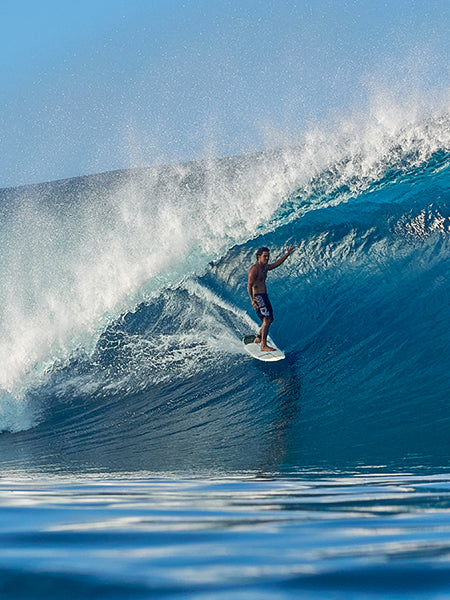
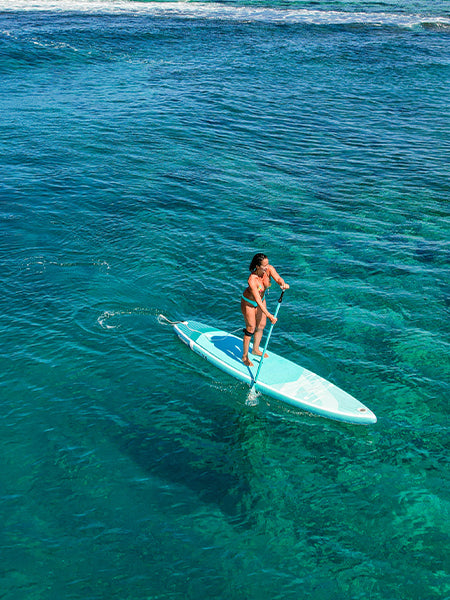

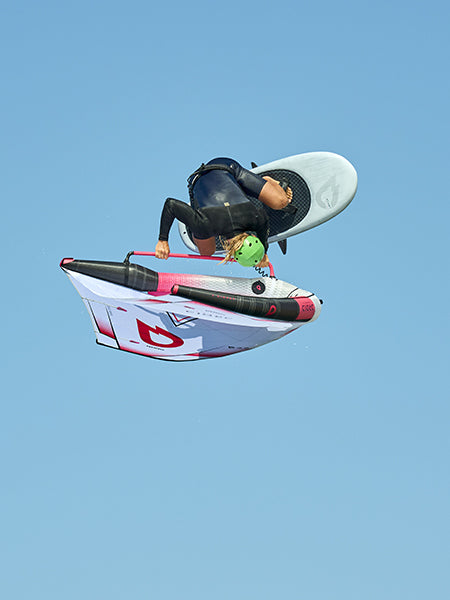


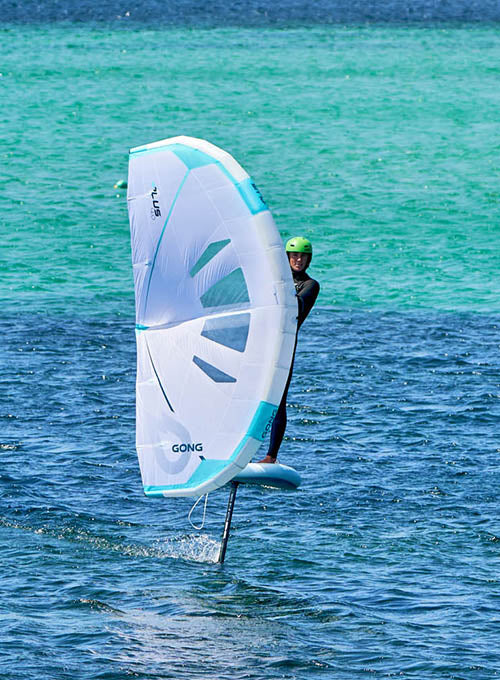
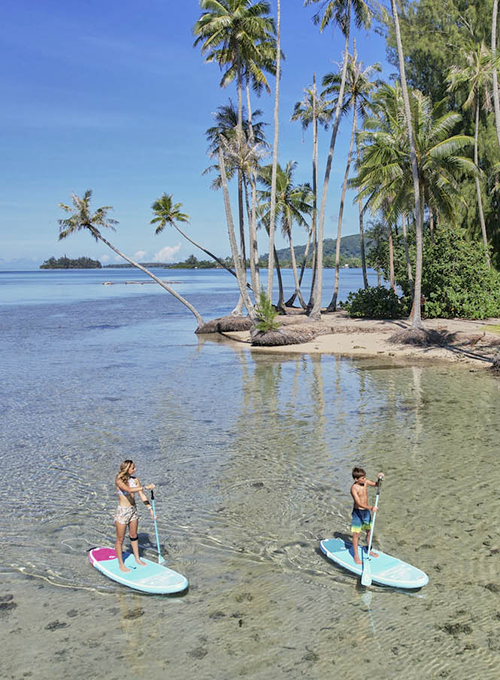
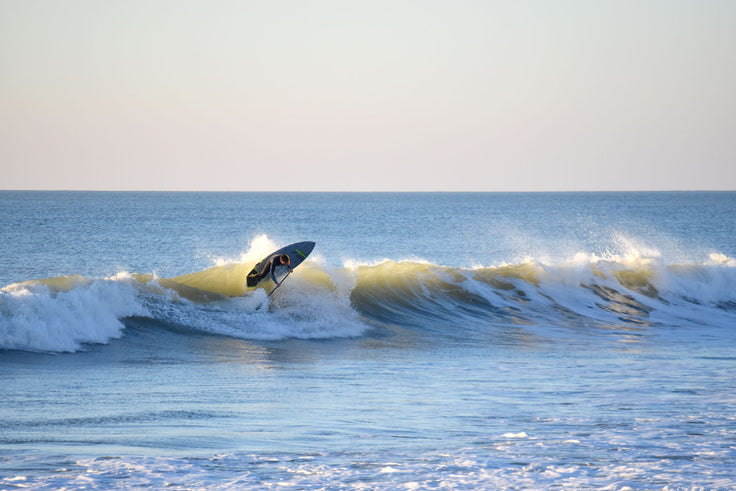
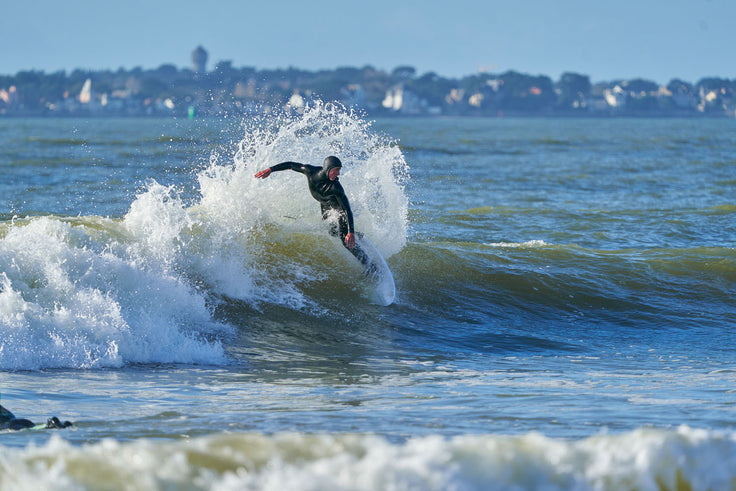
9 comments
Bonjour, j’ai une X over M 75 , surface 1000 cm3, aspect ratio 5,4. Je commence à bien maîtriser les jibes des 2 côtés et les changements de pied. Le souci est que le foil à tendance à trop trop vouloir sortir de l’eau, je dois beaucoup appuyer et fléchir les jambes pour qu’il reste dans l’eau et je perds le contrôle. Est-ce que je dois acheter un front wing de 850 cm3? Si oui, lequel? Merci pour vos conseils
Thanks for the clear institutions, very helpfull🤙
Hello,
To get advice from our top-notch technical advisors, you need to use the contact form on the website. You can reach them via chat, email, or phone.
https://www.gong-galaxy.com/en/pages/contact
Have a nice day!
Hallo, i am 90 kg and have a Cruz hipe 7’11 strapless and a curve H 5xl viwh a mast 79hm. All V2 equipment. For wingfoil no problem, but i struggle with flat start…. Where should i put the mast? Not all way forward? May be advanced in the First third ? Merci’
hello ,
Sur une planche de wingfoil Mint 5.0 graduée de 1 a 8 au niveau du box sur quelle échelle commencer le réglage du mat ?
Where is the correct foot position (where would foot lashes been) on the HIPE First 5 11 ?
Hello Dirk,
At wingfoiling, the feet must be centered on the board. You can use the white stripe on the pad as marker.
All the best !
Thanks !
Hello, super ces tutos ! Juste une question : pour les premières sessions d’un deburant (qui vient du windsurf com tant d’autres), conseillez vous la mise en place des straps ou pas ? Merki ? Syl
Hello,
Oui, cela te permettra de bien positionner tes pieds au bon endroits, et d’augmenter le contrôle du foil et de la planche. Tu peux commencer uniquement avec les straps avant.
Merci.